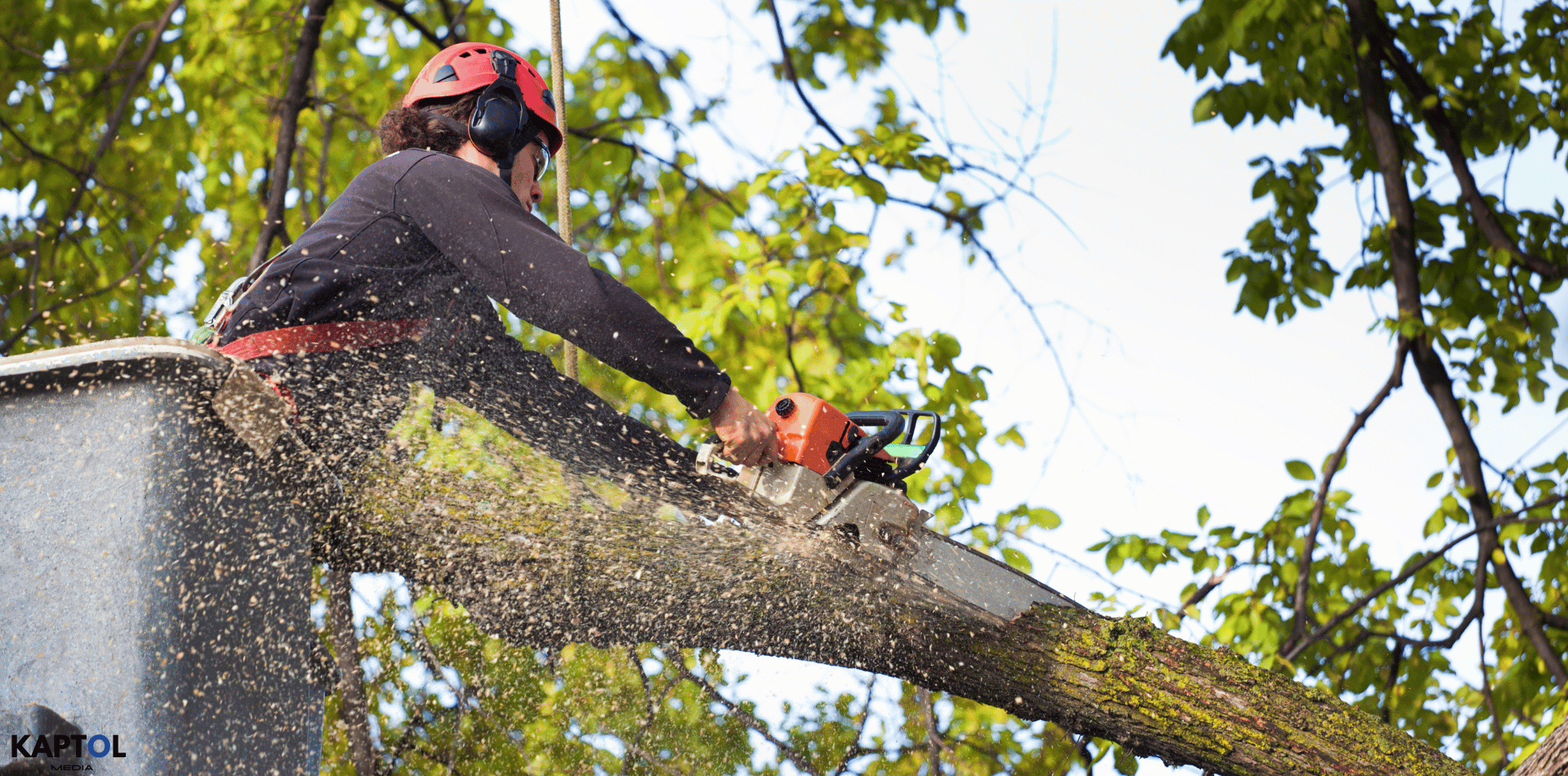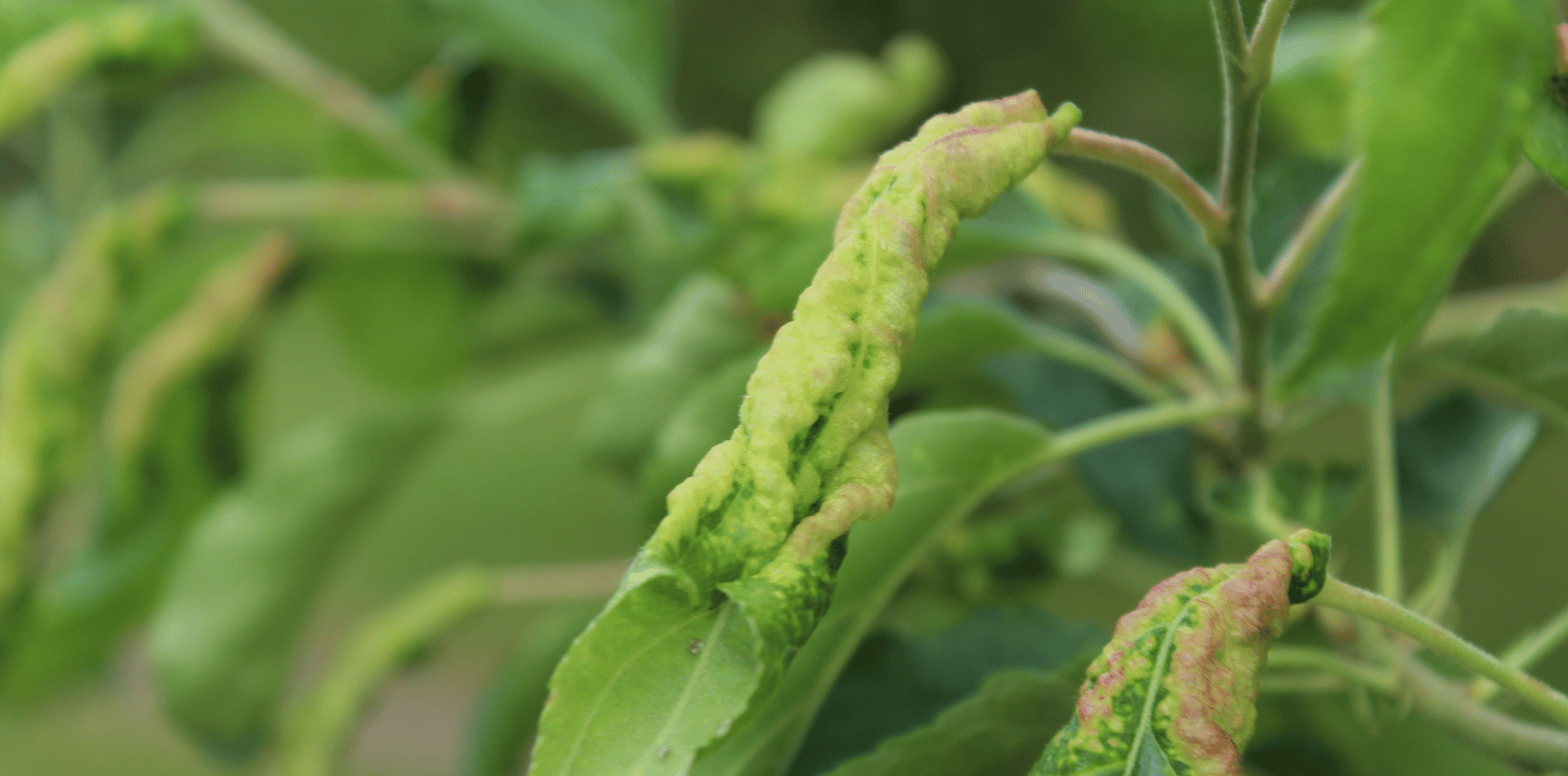Pruning and Removing Trees
Pruning Trees
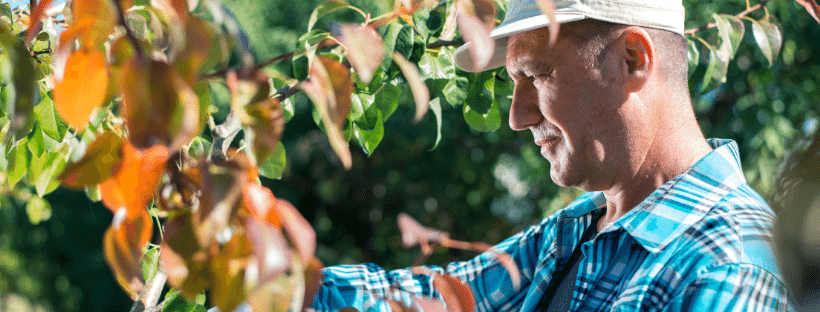
The most common tree maintenance procedure is pruning. Trees in natural forests grow perfectly well on their own, however, trees planted in a landscaped environment require a higher level of care to maintain their structural integrity and aesthetics. Pruning is required and must be done by a qualified Arborist, who understands tree biology. Lasting damage or even shortening a tree's life can be caused if done incorrectly.
If you are confident, small trees and shrubs, like fruit trees, can easily be managed yourself, otherwise it is wise to hire an Arborist.
Pruning and removing large trees dangerous work. It involves large, heavy structures, dangerous equipment and working at heights. Your safety, and the protection of your property is imperative, so these activities should only be performed by a competent, qualified and insured arborist.
A professional and experienced arborist will advise you regarding trees on your property. Your tree, or trees, may not need to be pruned or removed, which can preserve the trees and save you money.
In many local council areas, a permit may be required to prune or remove a tree, particularly if the tree is large or a local native species. To avoid penalty, you should check with your local council for regulations in your area.
Each cut to a tree has the potential to change its growth, no branch should be removed without good reason.
The most common reasons for pruning are:
- remove dead branches
- improve form
- reduce risk.
Trees can be pruned to increase light and air penetration through the tree’s crown or to the ground below. The most common reason mature trees are pruned is for corrective or preventive measures. An experienced arborist knows routine thinning does not necessarily improve the health of a tree.
When to Prune
Pruning can be done any time of the year. Routine pruning to remove weak, diseased or dead limbs has little effect on the tree. However, new growth and wound closure are maximised if pruning is done before the spring growth starts.
There are a few tree diseases which can spread when pruning and tree wounds can allow access to pathogens. Susceptible trees should not be pruned during active disease transmission periods.
Pruning Techniques
There is a variety of pruning methods, each with their specific purpose. Pruning is generally required to maintain a mature tree in a healthy, safe and attractive condition.
Cleaning
This is the removal of dead, dying, diseased and poorly attached branches from the crown of a tree.
Thinning
Thinning involves selective branch removal to improve structure of the tree. The purpose is to increase light penetration and air movement through the crown. When done correctly, thinning reduces weight on heavy limbs, helps retain the tree’s natural shape opens the foliage of a tree.
Raising
This removes the lower branches from a tree to provide clearance for buildings, vehicles, pedestrians and to allow for clear line of sight.
Reduction
Reduces the size of a tree, often for power line vegetation control clearance. Reducing a tree’s height or spread is done by pruning the leaders and branch terminals. An experienced Arborist will understand how to maintain the form and structural integrity of the tree.
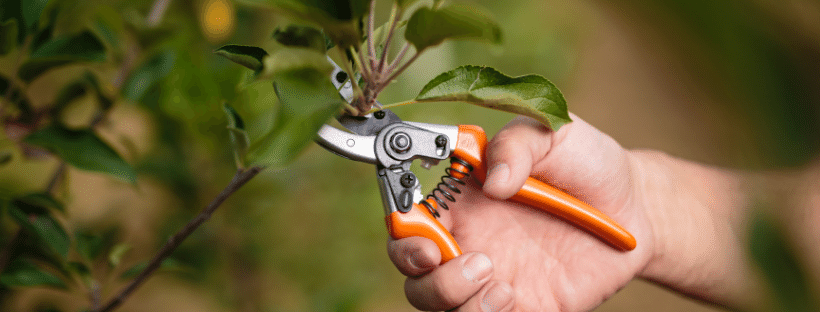
Pruning Young Trees
Proper tree pruning is essential for the development of a strong structure and desirable form. Trees which receive appropriate pruning while they are young will need less corrective pruning as they mature.
A good structure of primary branches should be established while the tree is young. These branches are called scaffold branches and are the framework of a mature tree. Correctly developed young trees will develop a strong structure which requires less corrective pruning as they mature. Most young trees will maintain a single dominant leader growing upward. Do not prune back the tip of this leader or allow secondary branches to outgrow the main leader.

Pruning Palms
Pruning a palm tree is normally done to remove dead or dying fronds and flowering or fruiting clusters. Palms with coconuts can particularly be a potential risk to the public. Pruning is generally done every two years or so. To minimise the risk of injury or damage from the heavy fruit falling, coconuts should be removed as often as every 3 to 4 months. Ensure you do not damage the palm's terminal bud or trunk when removing fronds.
It is best for the palm if green fronds remain intact. Over pruned palms may have slower growth and may attract pests. Climbing spikes should not be used to climb palms for pruning, they wound the palm trunk.

Don’t Top Trees!
The practice of topping trees, despite being widely recognised as harmful, persists in many landscapes and urban areas.
Topping, also known by terms such as 'lopping', 'heading', 'tipping', and 'rounding-over', involves the indiscriminate cutting of tree branches to stubs or to lateral branches that are not large enough to assume the terminal role.
This practice is often employed for a variety of reasons, including reducing the size of a tree, clearing branches from power lines, or attempting to reduce the risk of falling branches.
However, the consequences of topping can be severe and long-lasting for the trees involved.
Topping is widely known as the most harmful tree pruning practice.
More than 25 years of literature and seminars explaining the harmful effects of topping, it remains a common tree control practice.
Topping is the indiscriminate cutting of tree branches to stubs or to lateral branches that are not large enough to assume the terminal role. Other names for topping include 'lopping', 'heading', 'tipping' and 'rounding-over'.
Why Topping is Harmful
Given the detrimental effects of topping, it's crucial to consider alternative tree management practices that promote health, safety, and aesthetics:
- Proper Pruning: Employing proper pruning techniques that respect the tree's natural form can address many of the concerns that lead people to top trees. Pruning should always be done with an understanding of tree biology to ensure cuts are made in a way that promotes healing and healthy regrowth.
- Crown Reduction: If reducing the height or spread of a tree is necessary, crown reduction can be performed. This method involves pruning back to lateral branches that are large enough to assume the terminal role, maintaining the tree's natural shape and promoting healthier regrowth.
- Selective Thinning: Selective thinning removes specific branches to improve structure and increase light penetration and air movement through the canopy, which can reduce the risk of storm damage without severely impacting the tree's health.
- Planting the Right Tree in the Right Place: One of the best ways to avoid the need for drastic pruning is to plan carefully when planting trees. Selecting species that are appropriate for the available space and will not interfere with structures or power lines as they grow can prevent many issues.
Alternatives to Topping
There are times when a tree needs to be reduced in height or spread.
Mostly for providing utility line clearance. A good technique for doing this is to remove small branches back to their point of origin. If a larger limb must be shortened, it should be pruned back to a lateral branch that is large enough to assume the terminal role. This method of branch reduction helps to preserve the natural form of the tree.
If larger cuts are required, the tree may not be able to naturally close over the wounds the best solution is to remove the tree and replace it with a species that is more appropriate for the site.
The continued practice of topping trees, despite years of literature and seminars highlighting its harmful effects, underscores the need for ongoing education and advocacy. Both the public and tree care professionals must be informed about the consequences of topping and encouraged to adopt more sustainable tree management practices.
Efforts to educate should focus on the long-term health and safety benefits of proper tree care, emphasising that while topping may offer a quick fix, the lasting damage to trees and the potential risks to people and property are not worth the temporary solutions it provides.


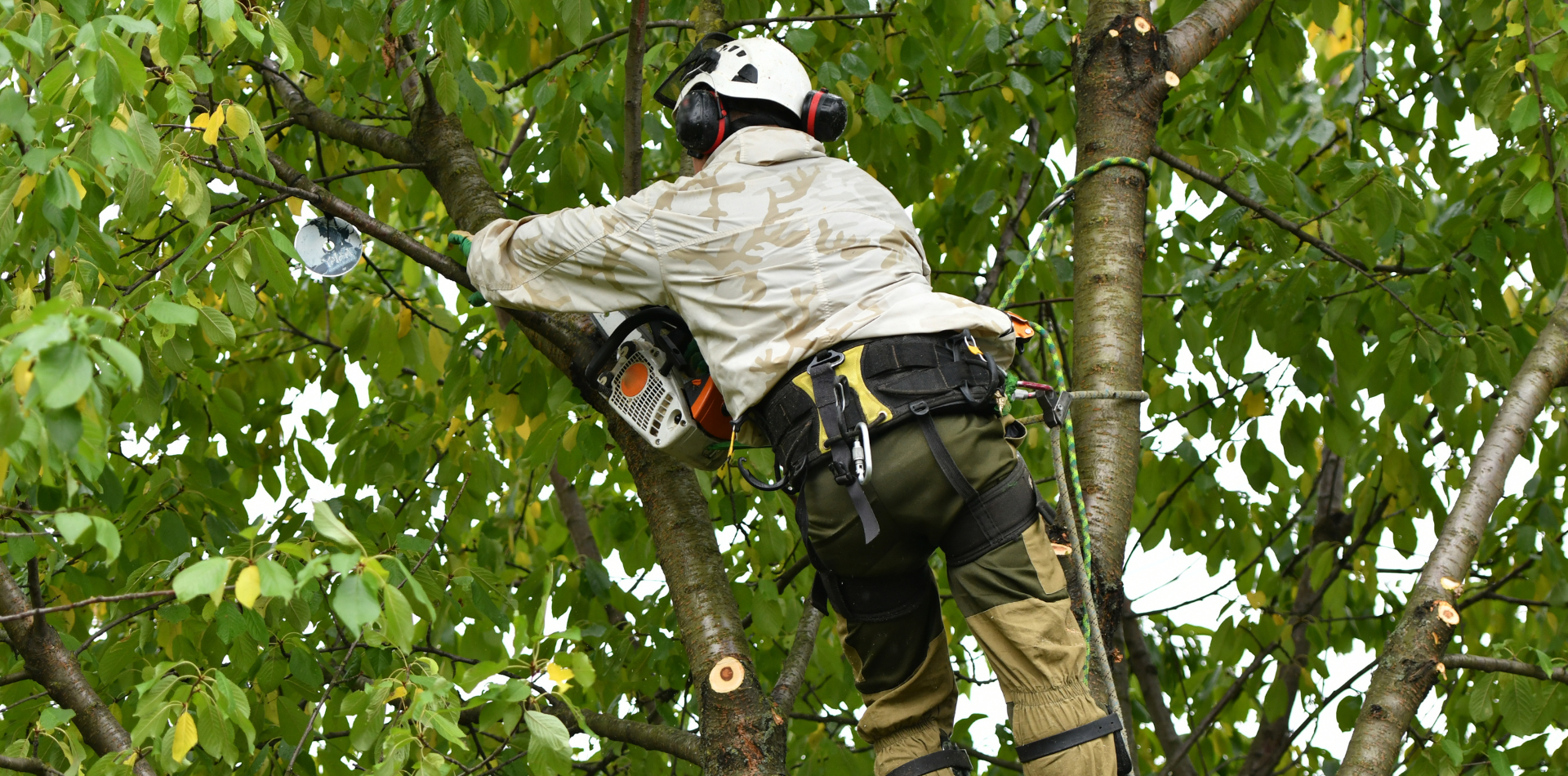
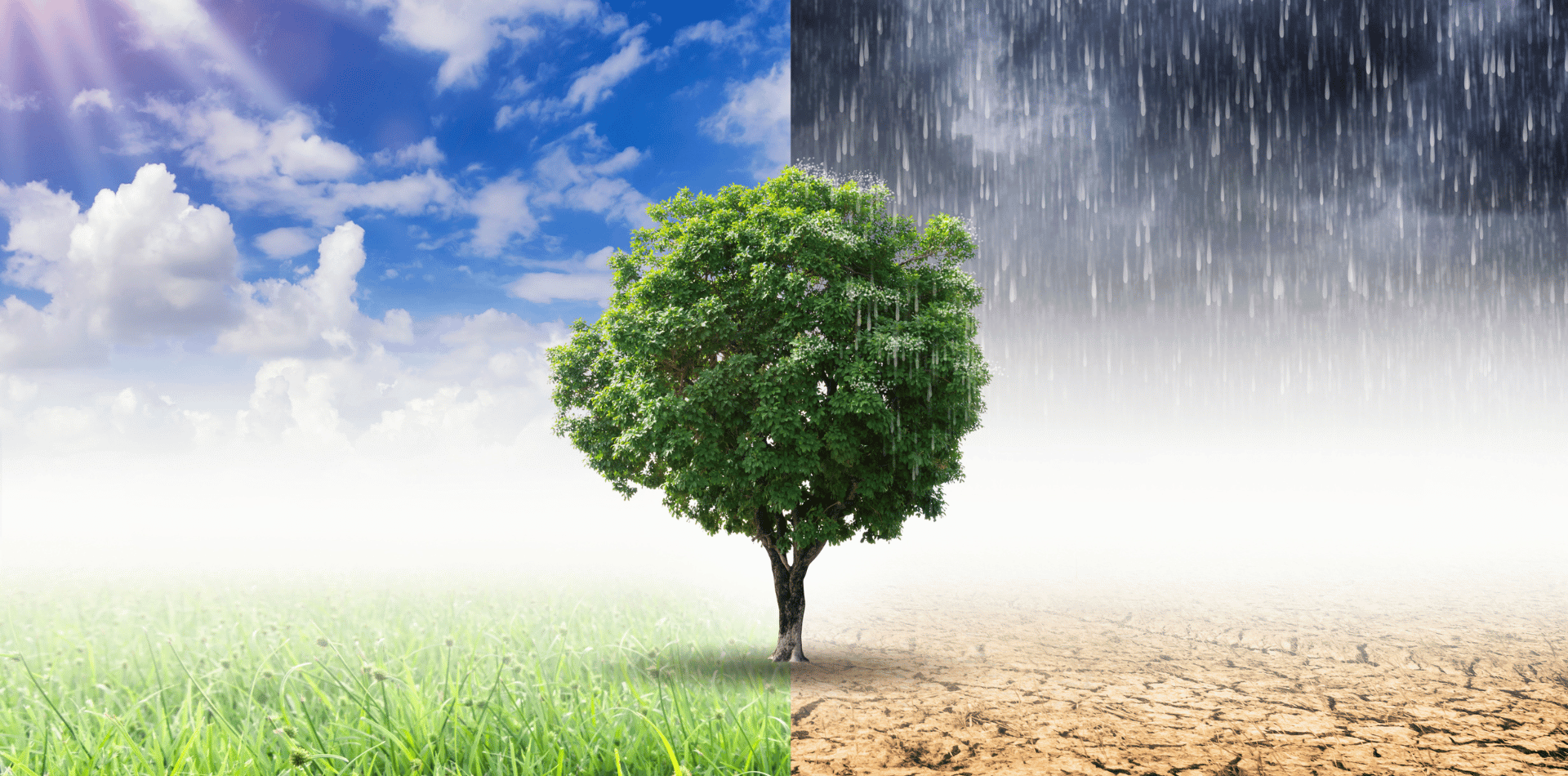
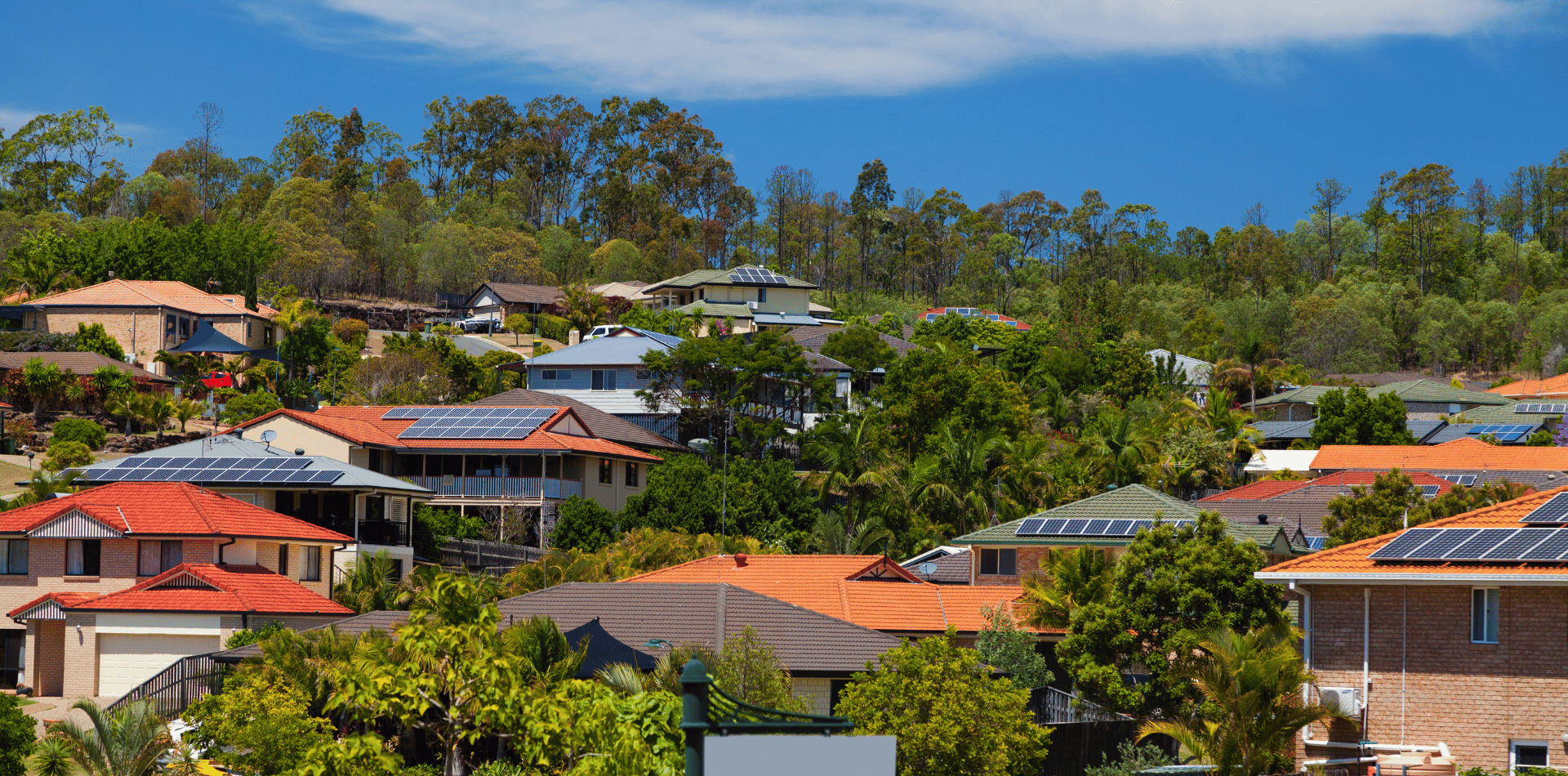
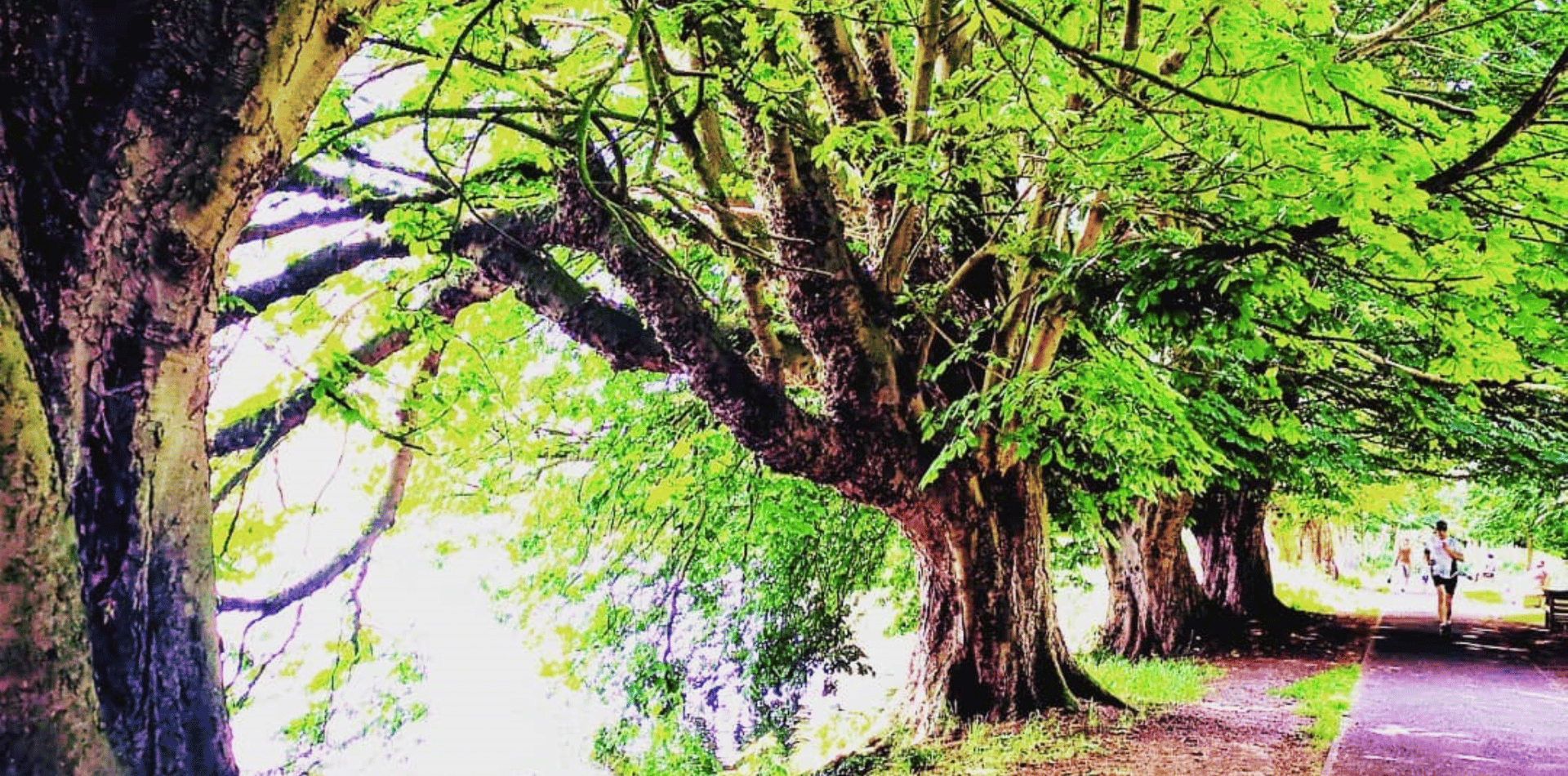
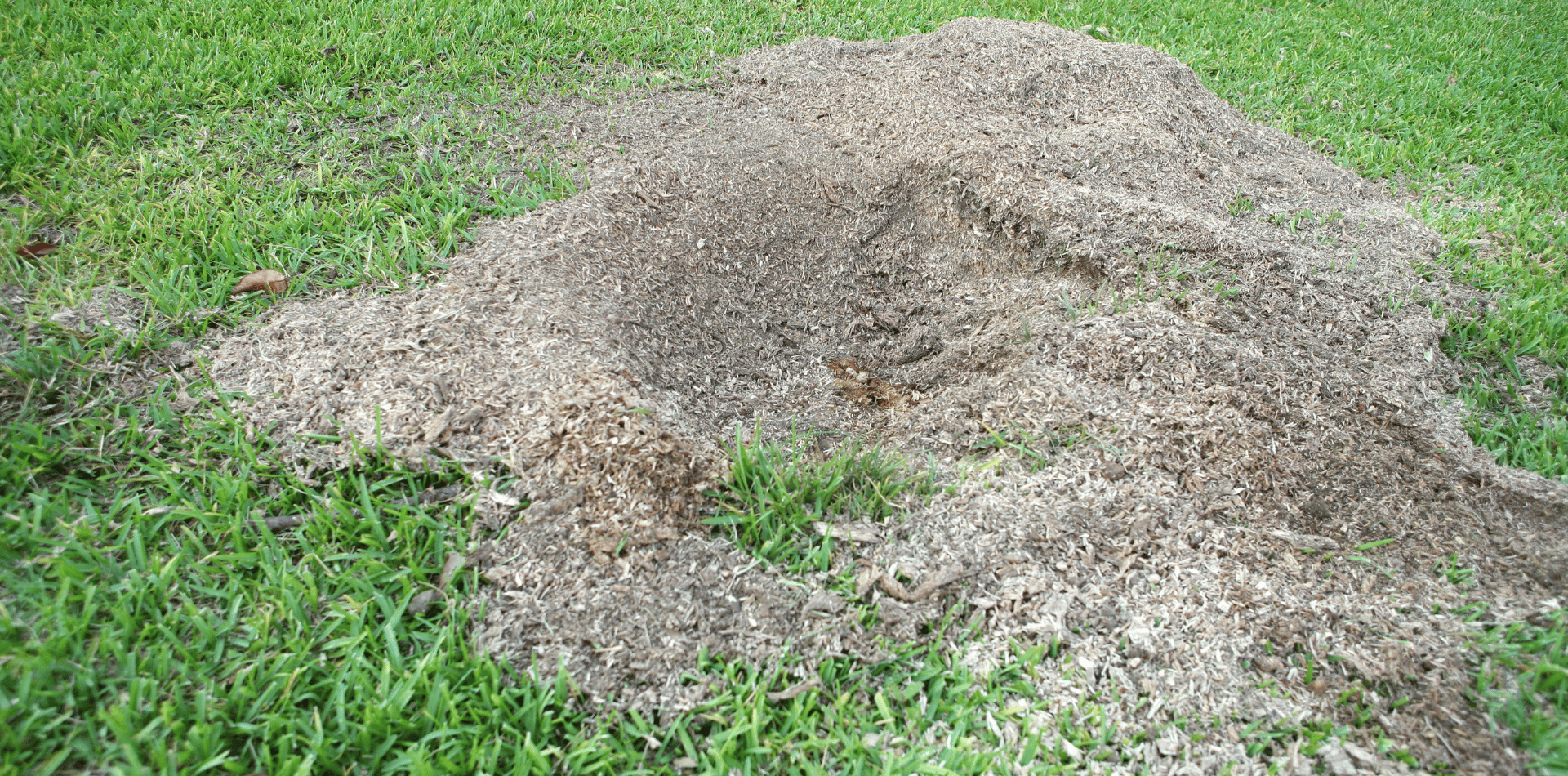

Contact
Kaptol Tree Removal Newcastle
A Member of the Kaptol Group
Powered by Kaptol Media

